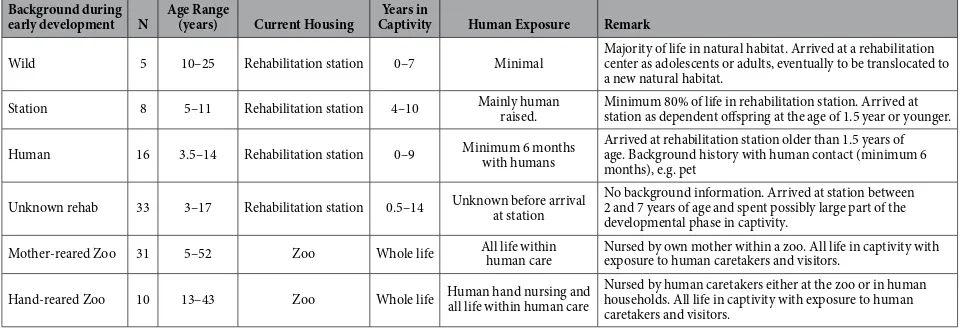Orientation toward humans predicts cognitive performance in orang utans
Full text
Figure
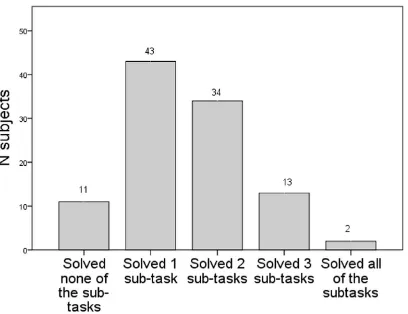
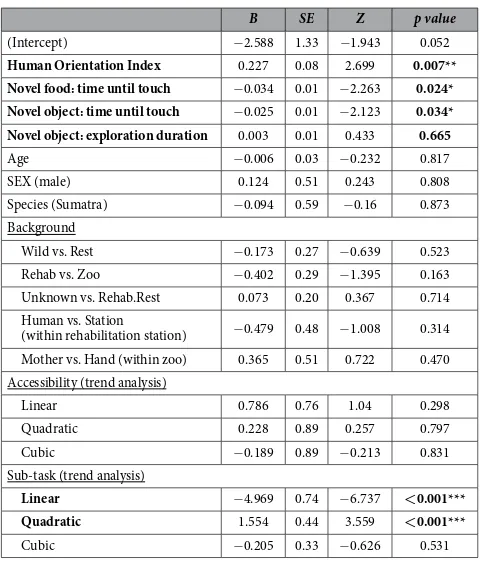
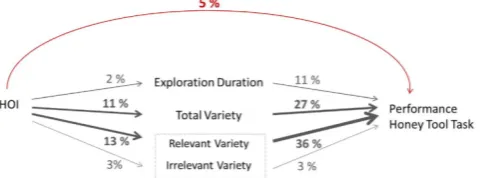
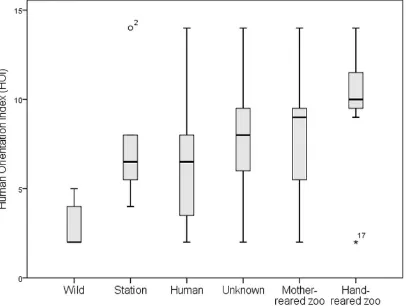
Related documents
While the initiative would limit increases in aggregate property tax collections to 1 percent, the Washington State Department of Revenue estimates that inflation will average
Survey on the actual usage of Step-Up Employment Program for Persons with Mental Disabilities was mailed to companies (total 969 respondents such as Japan Association of Employment
Received a cheque from Gautam Rs.1,000 for goods sold. Draw cheque for personal
Working as Digital Film Compositor for commercials, feature films and TV Series using SHAKE, NUKE and Matchmover.. Digital Film Compositor/
The results showed that there were statistically significant differences at the level of statistical significance (α = 0.05) between the mathematical averages of
The well-known challenges that have to be faced in learning shape features from point clouds include sparse input, spatial irregularity, and invariance to point permutation. While
The low-achieving group in Cohort 1 was comprised of 35% Black students, 49% White students, and 14% Hispanic students. In Cohort 2, the low-achieving group was comprised of 33%
Column (a) of Table 3, which controls only for work hours and the assessment year, provides further evidence that 10 and 11 year olds with employed mothers have relatively high

